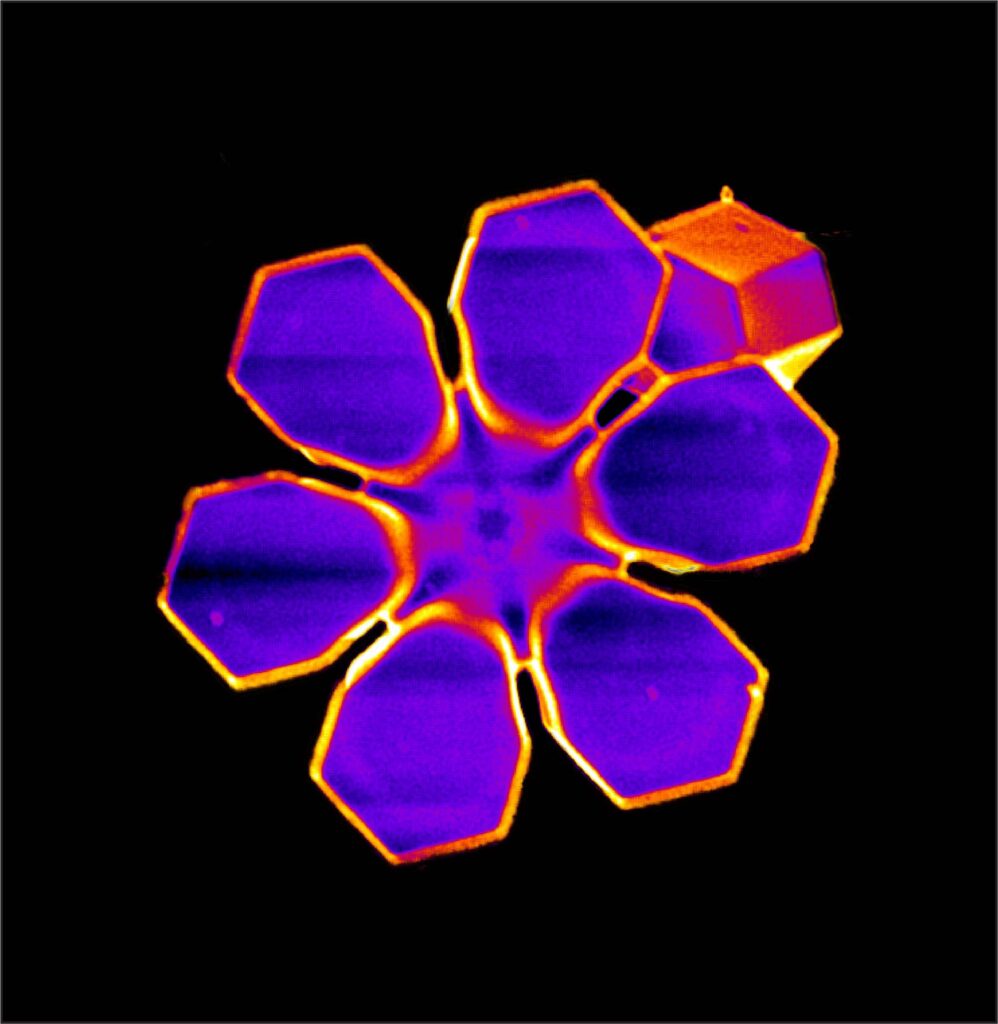
The core theme of research at PAL is to understand how plants deal with environmental stress across different biological scales. We investigate the subcellular adaptations that link the growth and development of the plant to its long-term performance and survival under environmental stress.
Keywords
Salinity stress
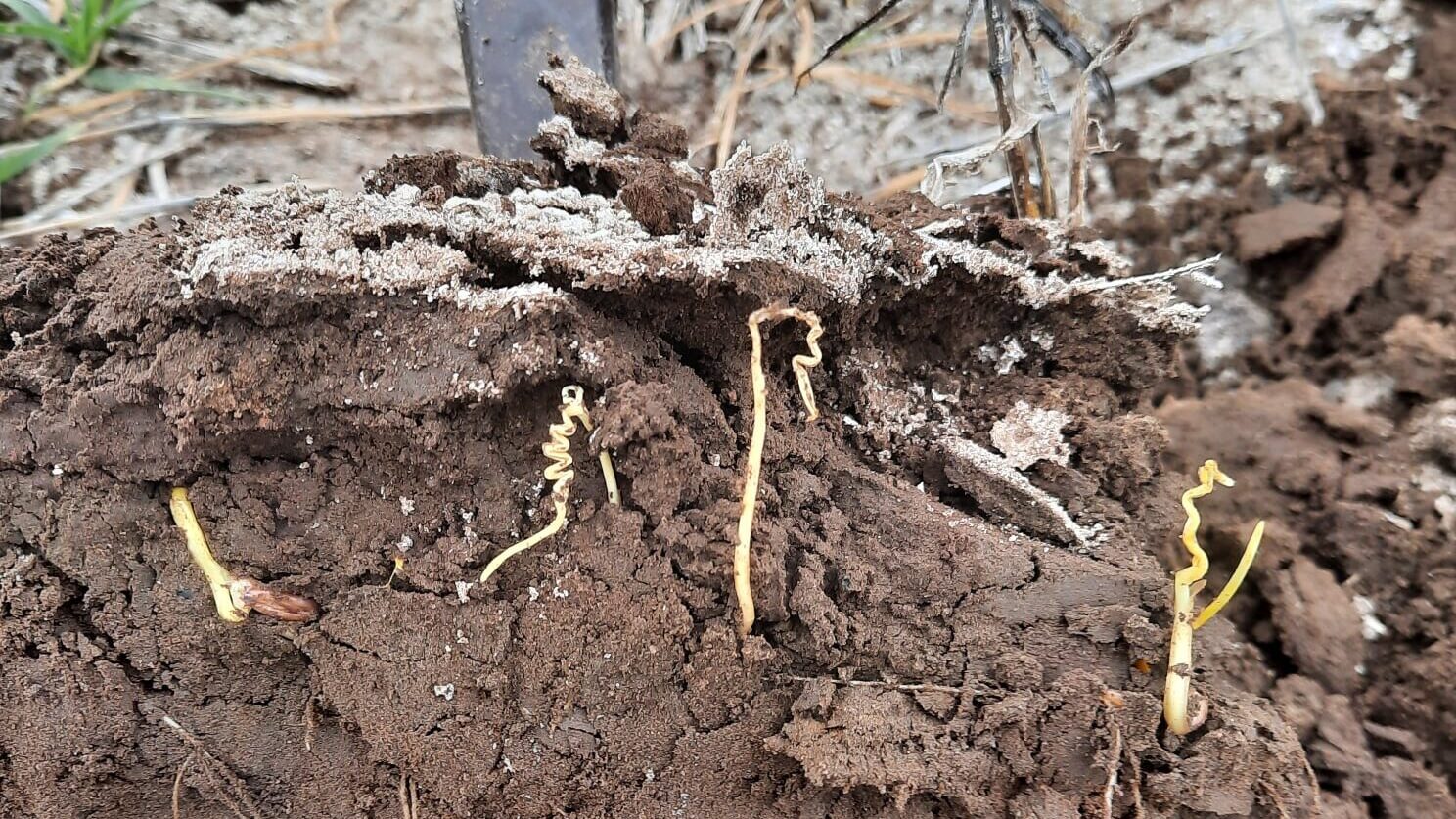
Sodium is an unusual nutrient for life. It is an essential element for animals, while most plants avoid it at all costs. Saline soil is an important agronomic problem. While we do not fully understand why plants avoid salt (sodium, Na+), we know that saline soil has physiological impacts on the plants. Saline soils hinder soil water uptake due to reduced water potential in the plant and Na+ disturbs cellular ion homeostasis and leads to inhibition of several cellular metabolic processes. It is widely acknowledged that salinity (primarily sodium) stress is a critical factor that limits plant growth and crop productivity worldwide. However, there are serious gaps in our understanding of how sodium toxicity plays out within plants and what are the fine-tuning mechanisms to tolerate sodium. This is particularly important in the root meristems, which determines the plant growth rates and are the first point of contact to the stress in the soil.
What are the fine-tuning mechanisms to tolerate salinity in plants?
Root meristem – the hub in the hidden-half of the plant
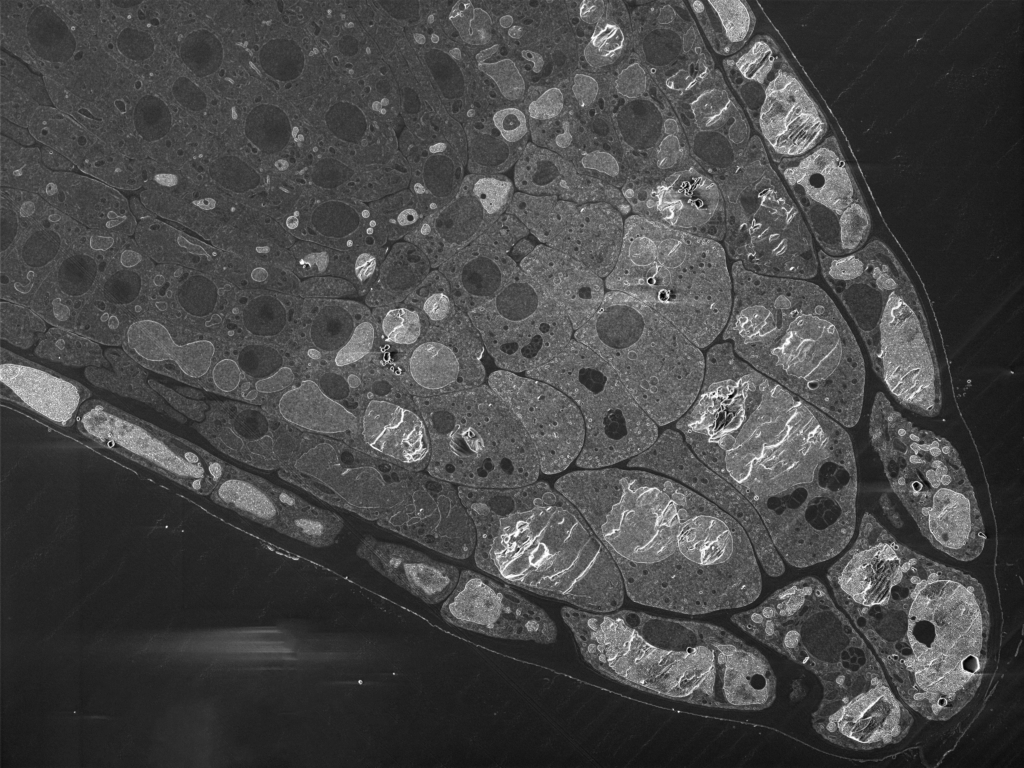
CryoSEM – Arabidopsis root tip
Unlike animals, plants have the ability to post-embryonically develop new organs in response to developmental and environmental cues. Hidden from view, the plant roots grow and spread beneath the soil to extract water and nutrients, influenced by various environmental signals. Every root tip has a hub of stem cells composed of the Root Apical Meristem (RAM) that retain the ability to divide, expand and differentiate. They determine the trajectory of root growth, its architecture and its final size. They root tips acts like an antenna in the soil to help plants sense their environment and drive responses. They are also the first point of contact with the stress in the soil. It is therefore critical to understand the impact of the environmental stress on roots and the fine-tuning mechanisms they use to protect themselves against environmental stressors.
We explore how plant roots sense, adapt, and fine-tune themselves at the subcellular scale to survive environmental stress.
Research theme
Connect function with location across biological scales
Ions, their location and impact on cellular functions.
Cellular salt detoxification mechanisms.
Lessons from halophytes on salt tolerance.
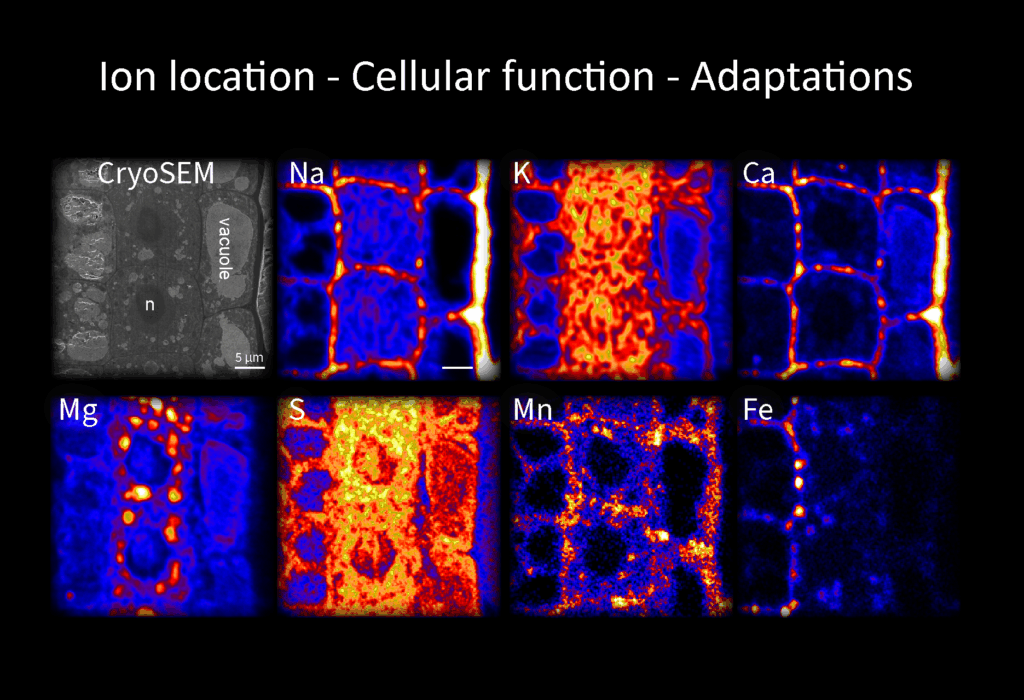
Techniques used
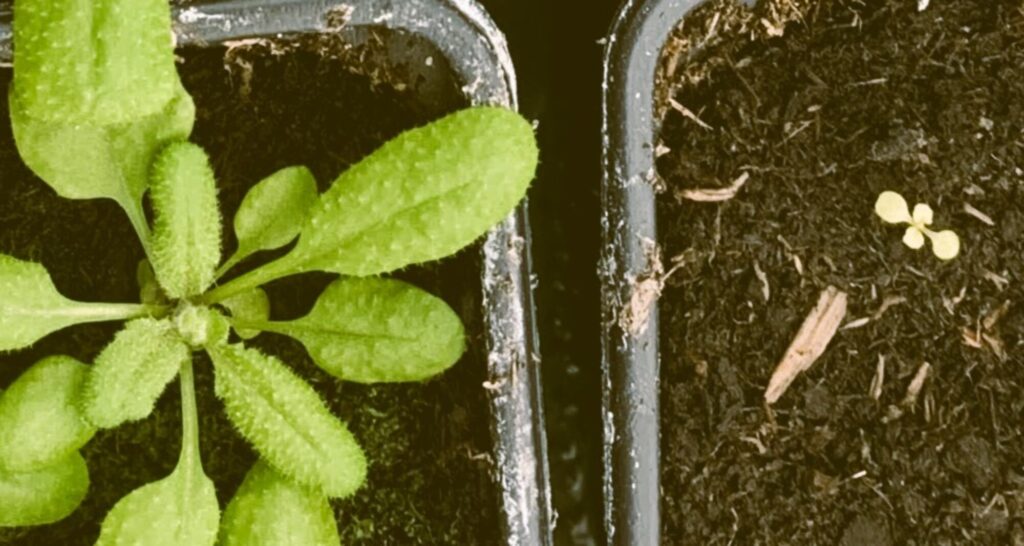
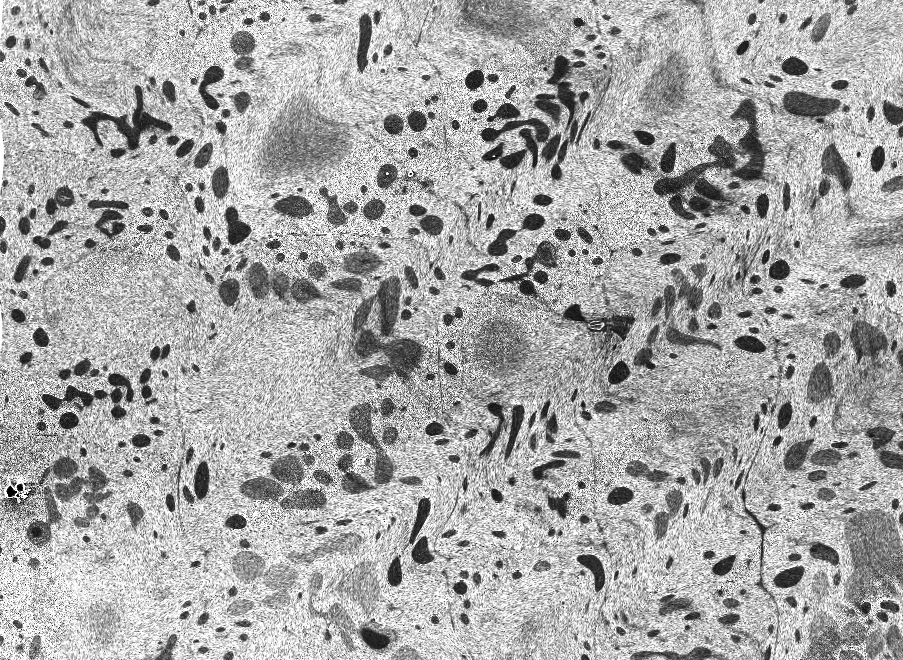

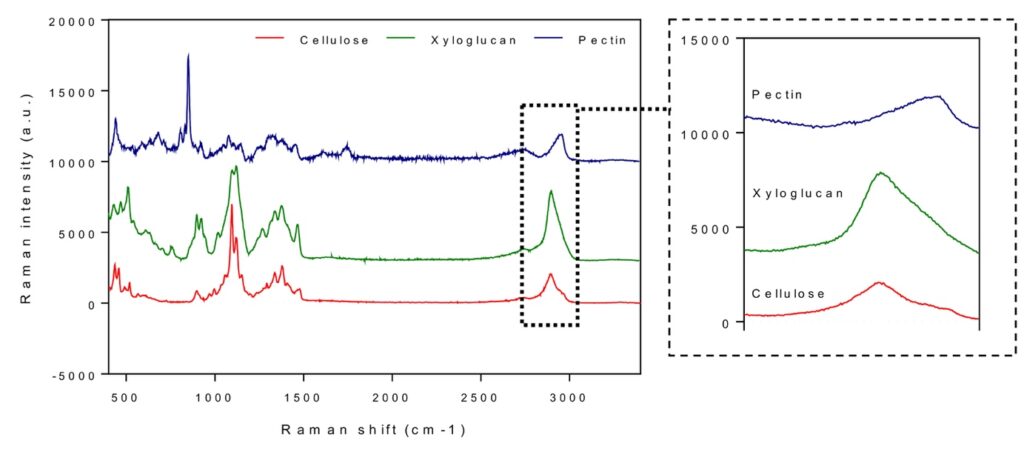
Confocal Raman microscopy
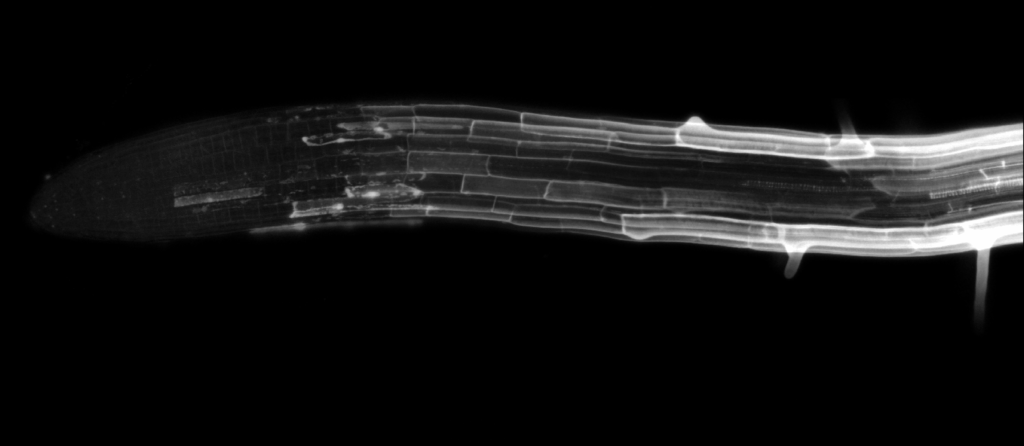
The laboratory couples ion profiling, subcellular cryo-elemental imaging with genetics, biochemistry and physiology in both genetic model species (Arabidopsis thaliana and rice) and “wild” plants such as halophytes that are naturally adapted to thrive in high-salinity environments. With this we want to gain insights into stress tolerance strategies and the fine-tuning mechanisms employed by plants to adapt to environmental stresses.
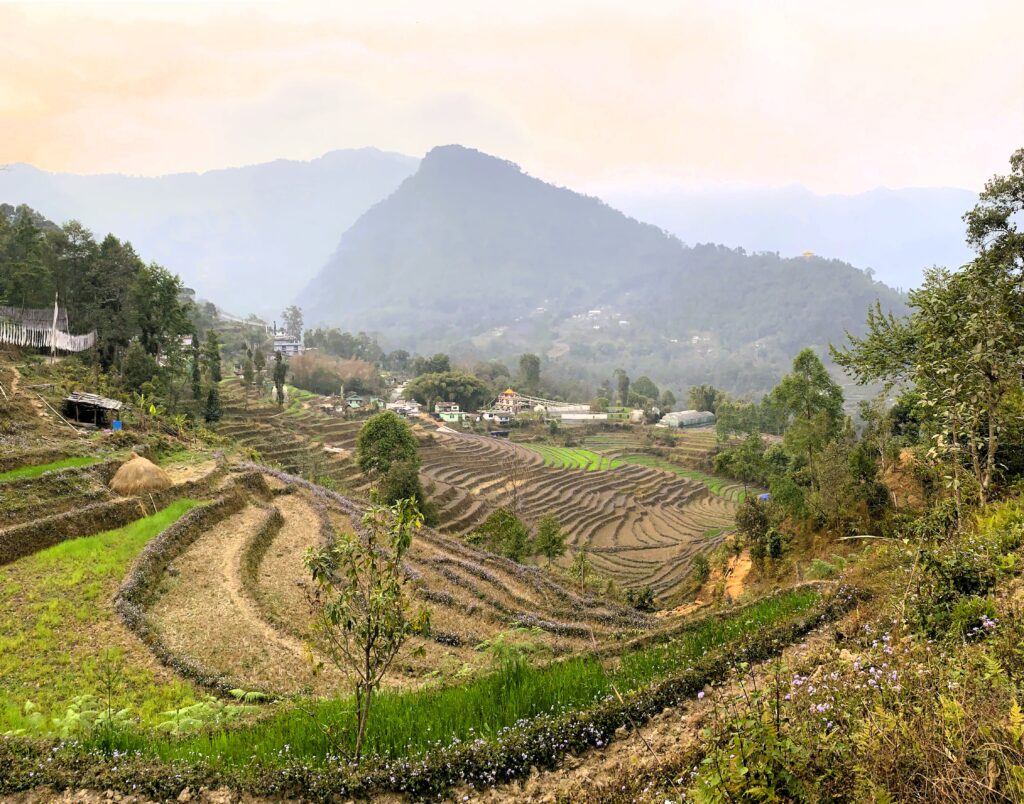
Publications
Please visit the Google Scholar page for latest list of publications

